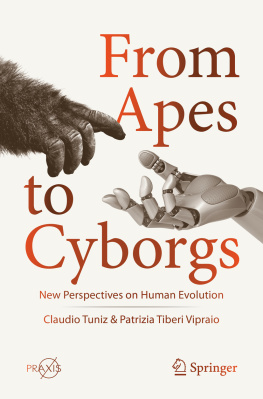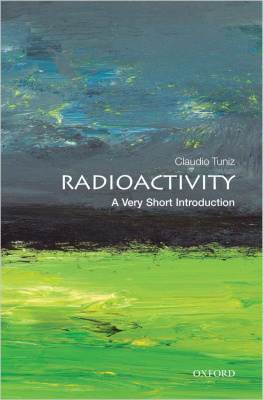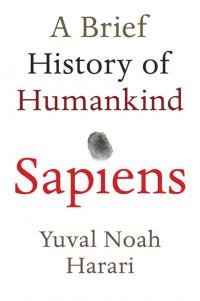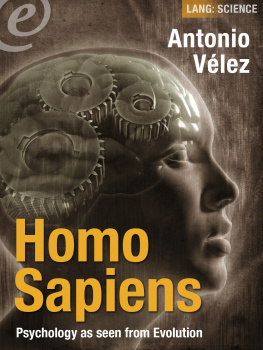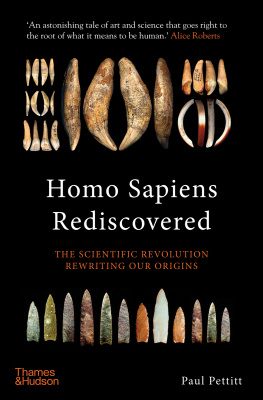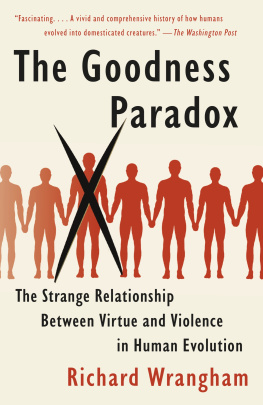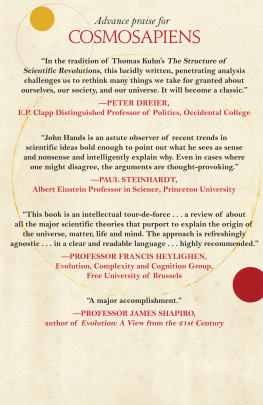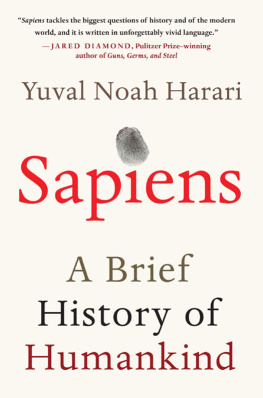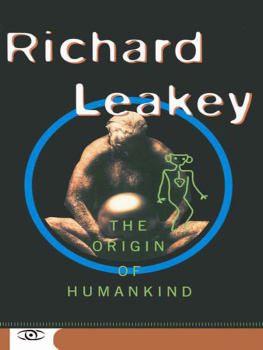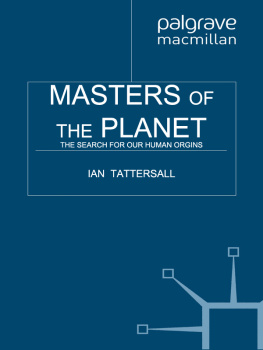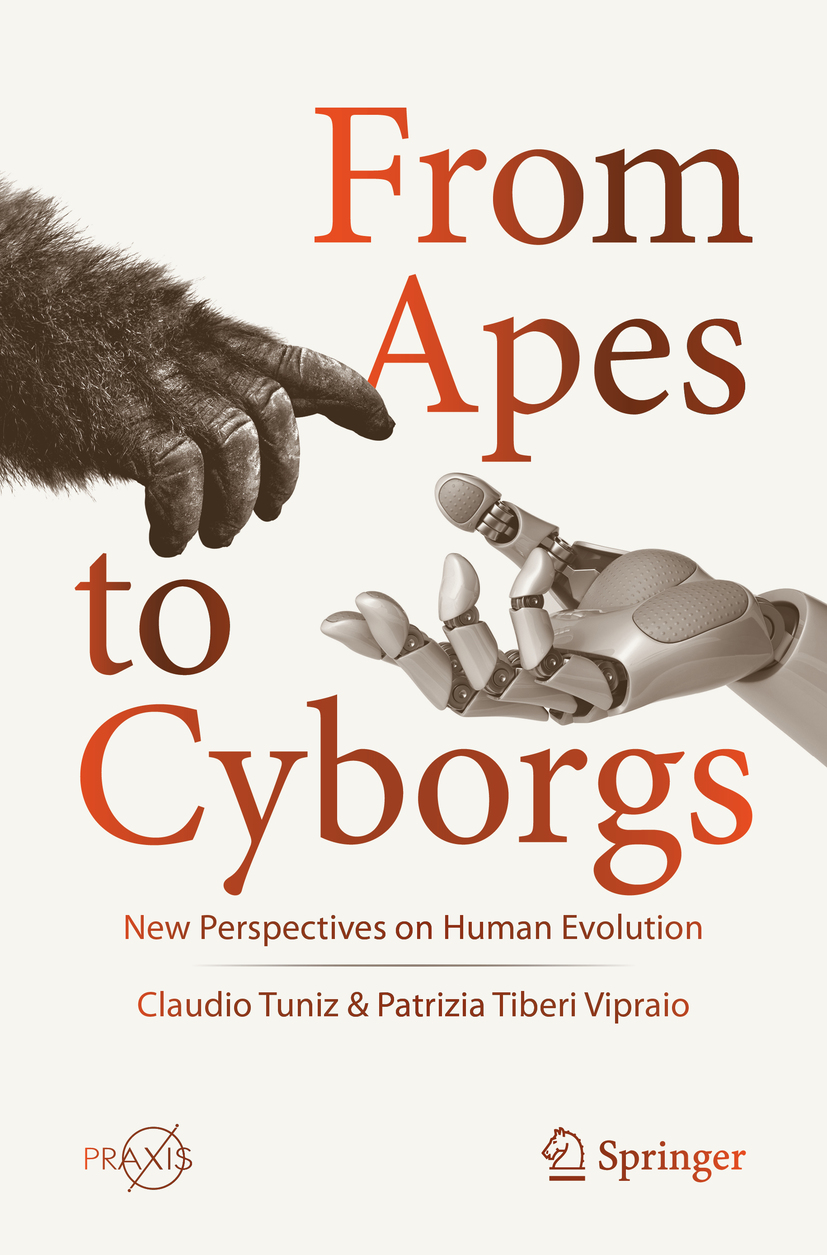Springer Praxis Books Popular Science
More information about this series at http://www.springer.com/series/4097
Claudio Tuniz and Patrizia Tiberi Vipraio
From Apes to Cyborgs
New Perspectives on Human Evolution
Claudio Tuniz
The Abdus Salam International Centre for Theoretical Physics (ICTP), Trieste, Italy
Patrizia Tiberi Vipraio
University of Udine, Udine, Italy
Springer Praxis Books
ISSN 2626-6113 e-ISSN 2626-6121
Popular Science
ISBN 978-3-030-36521-9 e-ISBN 978-3-030-36522-6
https://doi.org/10.1007/978-3-030-36522-6
Revised translation from the Italian language edition: La scimmia vestita. Dalle tribu di primati all'intelligenza artificiale by Claudio Tuniz, Patrizia Tiberi Vipraio, Carocci editore 2018.
Springer Nature Switzerland AG 2020
This work is subject to copyright. All rights are reserved by the Publisher, whether the whole or part of the material is concerned, specifically the rights of translation, reprinting, reuse of illustrations, recitation, broadcasting, reproduction on microfilms or in any other physical way, and transmission or information storage and retrieval, electronic adaptation, computer software, or by similar or dissimilar methodology now known or hereafter developed.
The use of general descriptive names, registered names, trademarks, service marks, etc. in this publication does not imply, even in the absence of a specific statement, that such names are exempt from the relevant protective laws and regulations and therefore free for general use.
The publisher, the authors, and the editors are safe to assume that the advice and information in this book are believed to be true and accurate at the date of publication. Neither the publisher nor the authors or the editors give a warranty, expressed or implied, with respect to the material contained herein or for any errors or omissions that may have been made. The publisher remains neutral with regard to jurisdictional claims in published maps and institutional affiliations.
This Springer imprint is published by the registered company Springer Nature Switzerland AG.
The registered company address is: Gewerbestrasse 11, 6330 Cham, Switzerland
Acknowledgements
This brief book is the result of many years of discussions with both experts and non-specialists about the many facets of human evolution and their relevance to imagining the future ofHomo sapiens. We, therefore, owe a great deal to the many brilliant scholars upon whose research and ideas it draws. It is also an attempt to make recent discoveries accessible to all. We are grateful for the many comments of the general public and the high school and university students to whom these ideas were introduced. In addition, we would like to thank a number of friends and colleagues, who were extremely generous in commenting on the first draft and discussing it with us. Our sincere thanks go, in particular, to Fabio de Vincenzo and Davide Fiocco for their critical review of the manuscript and suggestions for improvements. We also thank Andrew Shuller for his help. Finally, we are deeply indebted to Cheryl Jones and Michaela Jarvis for carefully editing the manuscript in its various phases of development. Needless to say, any errors or inaccuracies that remain are all ours.
Introduction
There is currently unprecedented interest in understanding human origins. Several bestsellers, both fictional and non-fictional, have addressed some of the most pressing questions that have puzzled anthropologists for decades. How come a weak and naked ape became the master of the planet? Who are we and where do we come from? How do we relate with other species and among ourselves? How has the history of human evolution shaped our behaviour? How can we face the challenges ahead of us individually and collectively?
Drawing on a vast array of evidence, our storyline recalls the metamorphosis that affected the anatomy and behaviour of a lineage of primates that populated our planet in the last few million years. At one point, a self-reinforcing biological and cultural process helped develop an increasingly large brain in a number of human species. AsHomo sapiensor simply Sapienswe are the latest survivors of this evolutionary process. Many still maintain that our human species emerged as a result of continuous improvementsthe so-called march of progress whereby we gradually evolved from bipedal apes into more beautiful and intelligent hominids. Most scholars now argue that this description of human evolution is deeply flawed. So, our story rejects the anthropocentric and linear discourse on humans origins and their place in nature. Every living being emerges from a complex system and is conditioned by its environment. This often occurs through circular processes involving a network of networks and feedback loops; sometimes there are successful adaptations, other times extinctions. And the genusHomois no exception.
This book provides a short sketch of these dynamic processes, focusing on the construction of human societies; it probes the life of our ancestors, starting from birth and extending through infancy, maternity, gender, diet, clothing, illnesses, labour, arts, entertainment and funerary rites. Three features seem unique to humans. First, they show a strong tendency to extend their bodies and minds with tools and other cultural products (a sort of cognitive hybridisation). Though present in other animals, only in humans has this trait reached such unprecedented depth and scope. Second, they are able to generate imaginary worlds and enhance their theory of mind (understanding other peoples thoughts) way beyond the capacity shown by all other species. This trait assists the formation of societies and differentiates them according to cultures. It provides stories and mental spaces that feel real and bounding. And finally, a last peculiarity of Sapiens, in particular, is the ability to connect in large numbers and generate complex and stratified societies according to predefined arbitrary rules, determined by history, geography, ethnicity, census, language and whatever is considered relevant to the purpose.
These capacities of Sapiens are explained by the specific traitscognitive, anatomical, hormonal, genetic and neuralthat emerged in the last 150,000 years. The new socioeconomic order was probably stimulated by a novel ecological niche, namely the availability of abundant, predictable and concentrated resources (mostly marine and lacustrine) that Sapiens encountered in Africa during the challenging harsher climatic conditions of the last glacial period. An embryonic Homo oeconomicuswas probably conceived amid efforts to develop particular skills, problem-solving capabilities and institutions for exchange of goods and services.
The emergence of symbolic thought allowed for the formation of surpluses of goods and services, via the division of labour and the invention of money, long before farming and livestock breeding. In the late Pleistocene, this situation stimulated the first hierarchical societies, based on the authority and/or the credibility of the first leaders. Fear, trust and pleasure were nurtured and amplified through ceremonies based on storytelling, dance, music and art. The pro-social behaviour was based on a self-domestication process which is seen in animals where a reduction in natural aggression and an increase in communication are induced by extending a typical youthful behaviour to adulthood. Over time this process affected the anatomy, hormonal functions and genetic structure of some species. Self-domestication in humans, which accelerated during the last 50,000 years, contributed to the establishment of complex societies and the survival of our species. It is also significant, we will argue, to interpret our predisposition towards the future, increasingly intertwined with artificial intelligence (AI).

